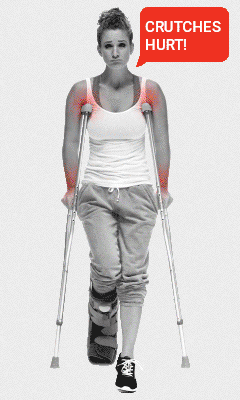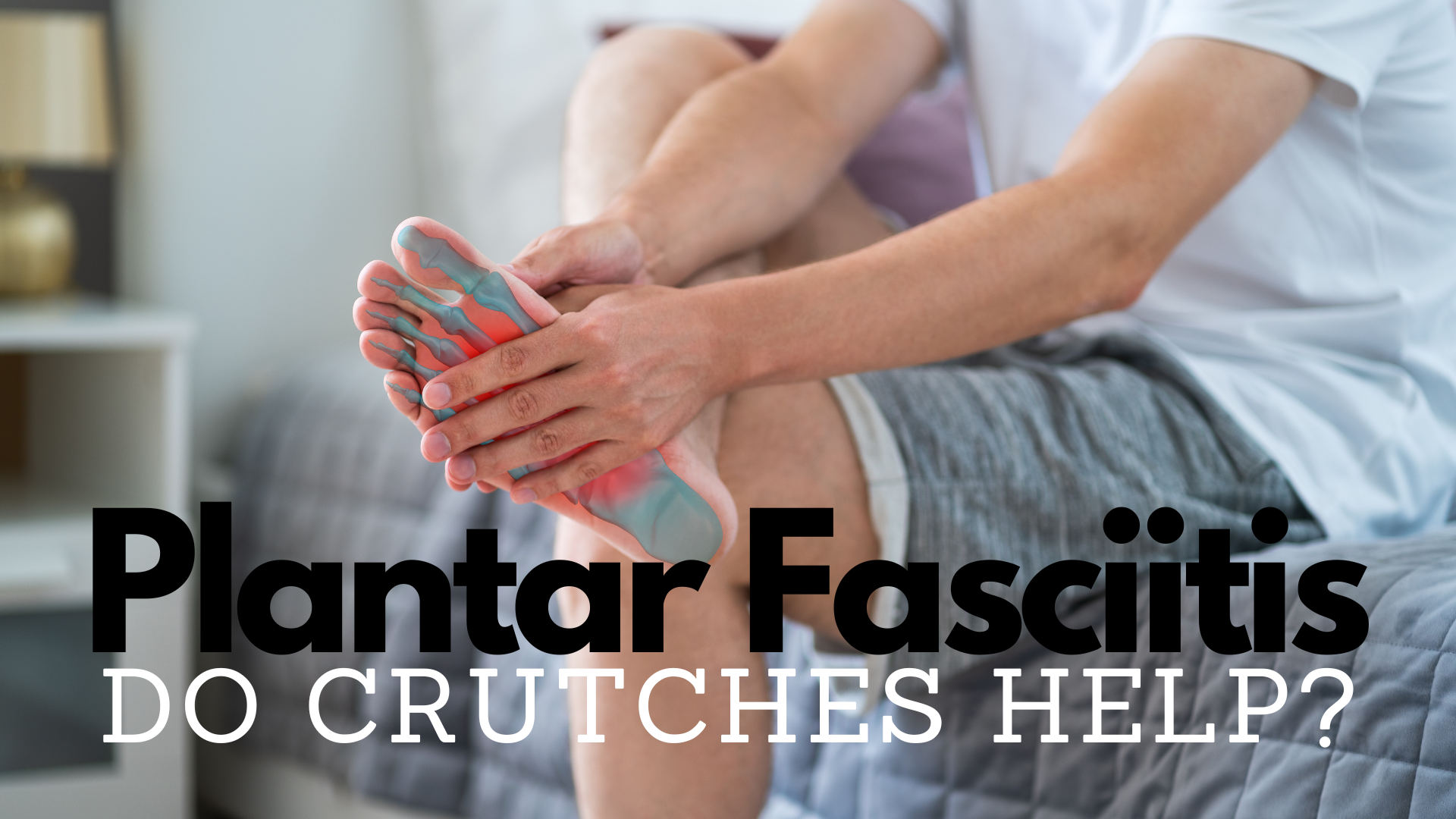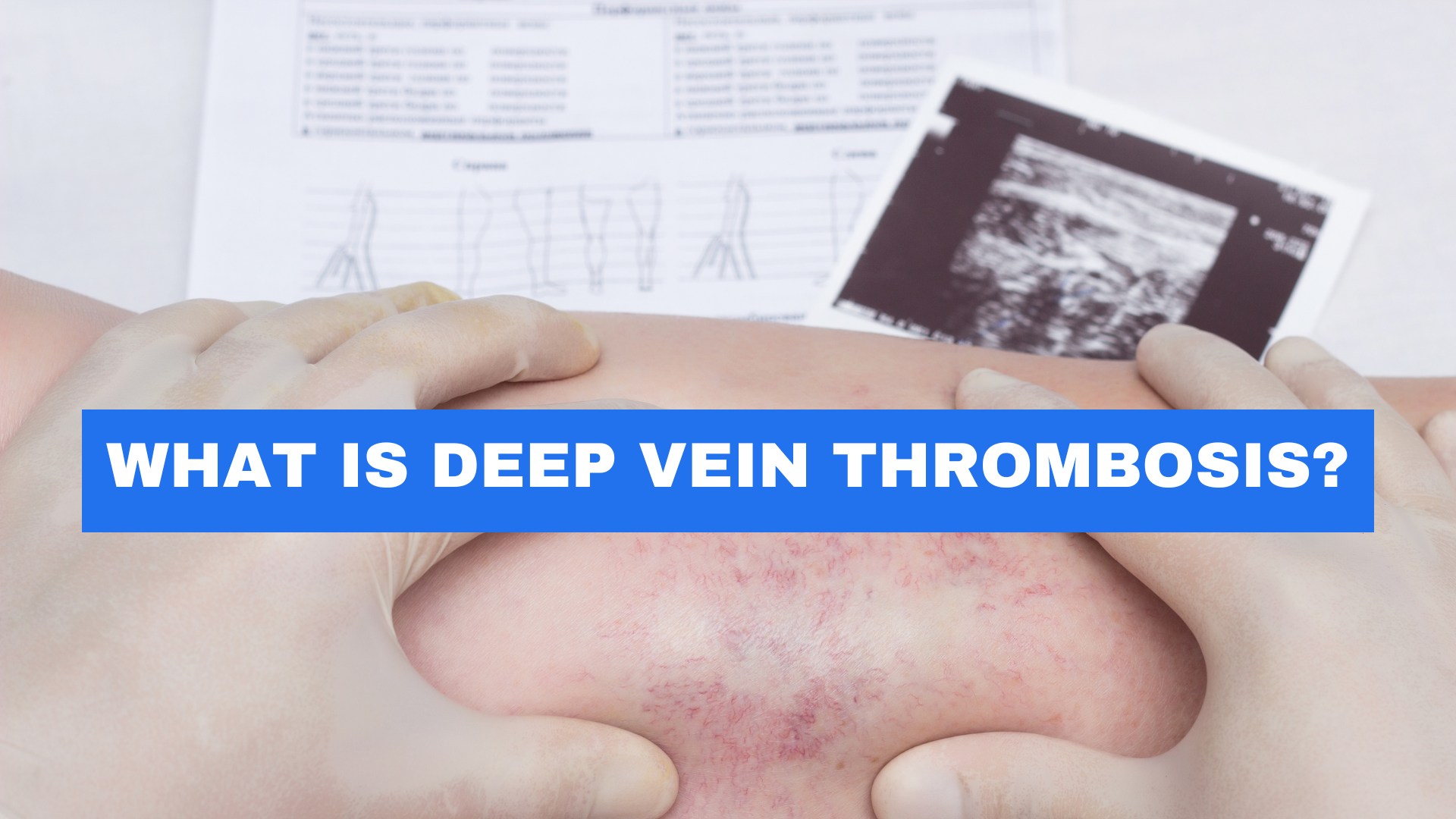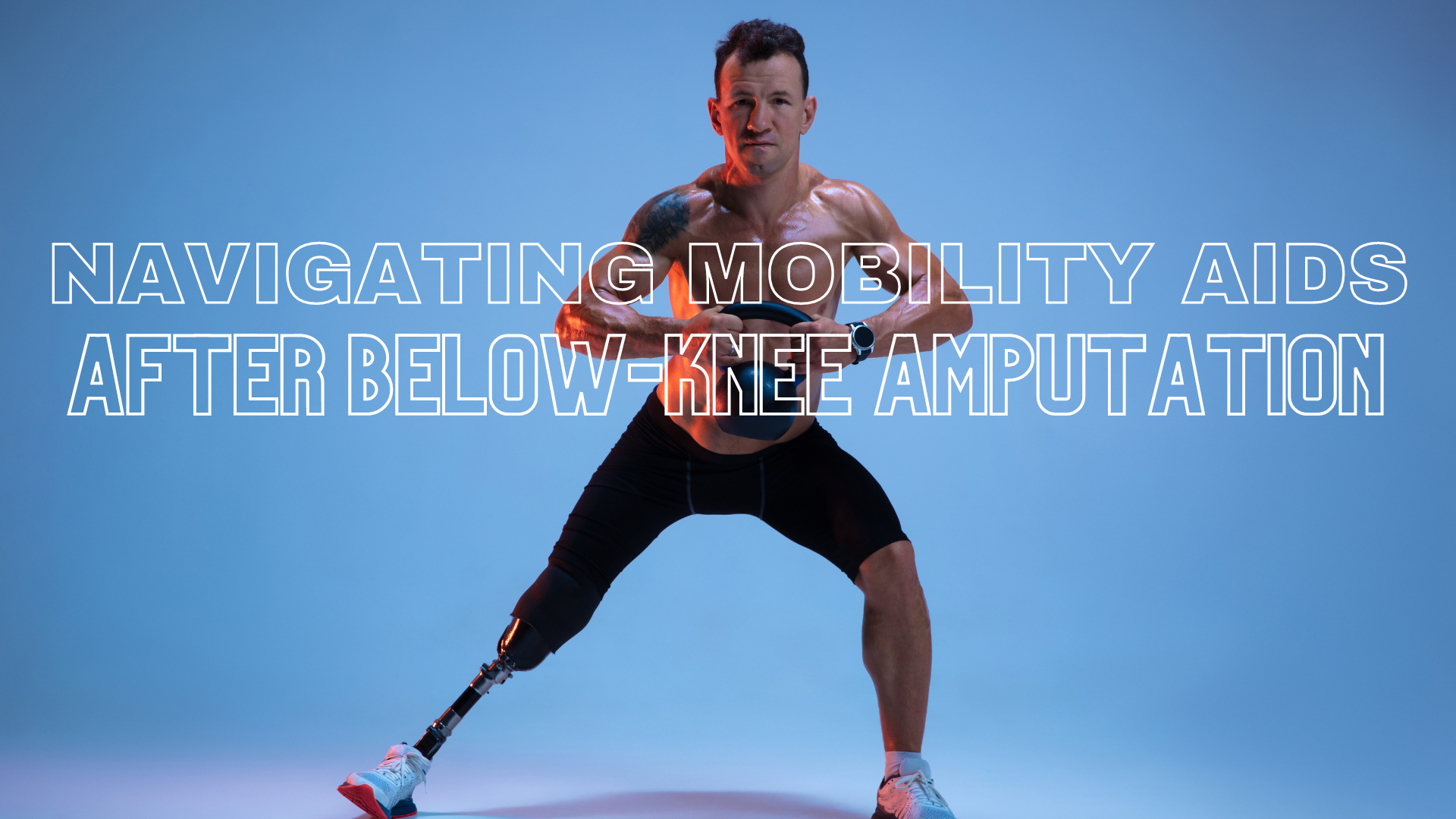Limb Loss and Limb Difference Awareness Month is observed every April to raise awareness about the struggles and challenges that individuals with limb loss face daily. According to the Amputee Coalition, there are over 2 million individuals living with limb loss in the United States, and this number is expected to double by 2050. Limb loss can result from accidents, diseases, or congenital conditions, and it can significantly impact an individual’s quality of life.
The Importance of Limb Loss Awareness Month
Limb Loss Awareness Month is an essential time to recognize and support individuals with limb loss. This month provides an opportunity to educate the public about the challenges that amputees face daily, such as limited mobility, emotional distress, and financial burdens. Through this month, we can spread awareness about the resources and support available to help individuals with limb loss lead a fulfilling life.
Benefits of Using the iWALK Hands-Free Crutch
One solution to help individuals who have experienced below-the-knee amputation/limb loss of a lower limb is the iWALK hands-free crutch. The iWALK crutch is a unique mobility device that allows individuals to walk without using their hands, providing them with independence and freedom of movement. The iWALK crutch can serve as a gateway device after amputation but before a permanent prosthetic is available. This can be especially useful in cases where a permanent prosthetic cannot be used due to skin breakdown or necessary repairs. In addition, the iWALK crutch can be helpful in environments where a permanent prosthetic could be damaged, such as the beach, pool, or dirty or dusty environments.
Even when a permanent prosthetic is available, there may be times when an individual prefers not to use it. For example, the iWALK crutch can be a convenient option for quick trips where the individual does not want to take the time to don their permanent prosthetic. It can also be useful for individuals who need to walk but may not be able to use their permanent prosthetic due to discomfort or other factors.
For those with below-the-knee amputations who are incorporating traditional crutches in their daily lives, the iWALK serves as the best alternative. Unlike traditional crutches, which can be uncomfortable and limit mobility, the iWALK crutch is designed to mimic the natural gait of walking and is suitable for a wide range of activities, including climbing stairs and walking on uneven terrain.
The iWALK crutch offers numerous benefits to individuals with below-the-knee amputations/ limb loss, including:
- Improved mobility and independence
- Reduced pain and discomfort compared to traditional crutches
- Faster recovery time and improved overall health
- Increased self-confidence and emotional well-being
Overall, the iWALK hands-free crutch can be a valuable tool for individuals with below-the-knee amputations who are looking for a versatile and convenient way to maintain their mobility and independence. Limb Loss Awareness Month is an opportunity to show support and raise awareness for individuals with limb loss. The iWALK hands-free crutch is an innovative mobility device that can significantly improve the quality of life for individuals with limb loss. By acknowledging the struggles that amputees face and providing them with the tools and resources they need, we can help them lead fulfilling and active lives.
iWALK Success Stories for Below-the-Knee Amputees
Many individuals who have had below-the-knee amputations have found success and increased mobility with the iWALK hands-free crutch. One such individual is Matt Phillips, a concrete contractor who had a below-the-knee amputation. Phillips was able to return to work just four months after his amputation thanks to the iWALK crutch.
Another individual who found success with the iWALK crutch is Sarah Smith, who lost her leg due to complications with metaphyseal dysplasia, a malunion of the bones, along with several other severe bone growth disorders in her ankle and foot. She discovered the iWALK hands-free crutch two months before her below-the-knee amputation was scheduled, and was immediately amazed at the difference it made to her life. She quickly found that walking on the iWALK was easier than walking on her own leg.
One of our biggest advocates for the iWALK hands-free crutch is Angie Fowler, also known as @AmputeeAngie on social media. Angie is a passionate advocate for individuals with limb loss, due to MRSA after a broken ankle. Since then, she has become a prominent figure in the amputee community and has shared her story to inspire and empower others. Angie uses the iWALK during breaks from her prosthetics and even while showering. Angie is a prime example of how assistive devices, such as the iWALK crutch, can make a significant difference in the lives of individuals with limb loss.
These stories highlight the significant impact that the iWALK hands-free crutch can have on the lives of individuals with below-the-knee amputations. The device provides individuals with increased mobility, independence, and improved overall health and well-being.
The iWALK hands-free crutch has changed the lives of many people who have experienced mobility challenges. If you or someone you know is struggling with crutches, knee scooters, or other mobility aids, it’s worth considering the iWALK as an alternative. With its ergonomic design, comfort, and ease of use, the iWALK can provide a new level of freedom and independence. So, take the first step and explore the iWALK hands-free crutch today to experience the benefits for yourself!
Sources
- Amputee Coalition. (2021). Limb Loss and Limb Difference. Retrieved from https://www.amputee-coalition.org/
- Thompson, J. (2018, January 2). Playing in the snow with my kids turned into a living nightmare– I lost both legs. The Sun. https://www.thesun.co.uk/health/21538511/playing-snow- kids-living-nightmare/






